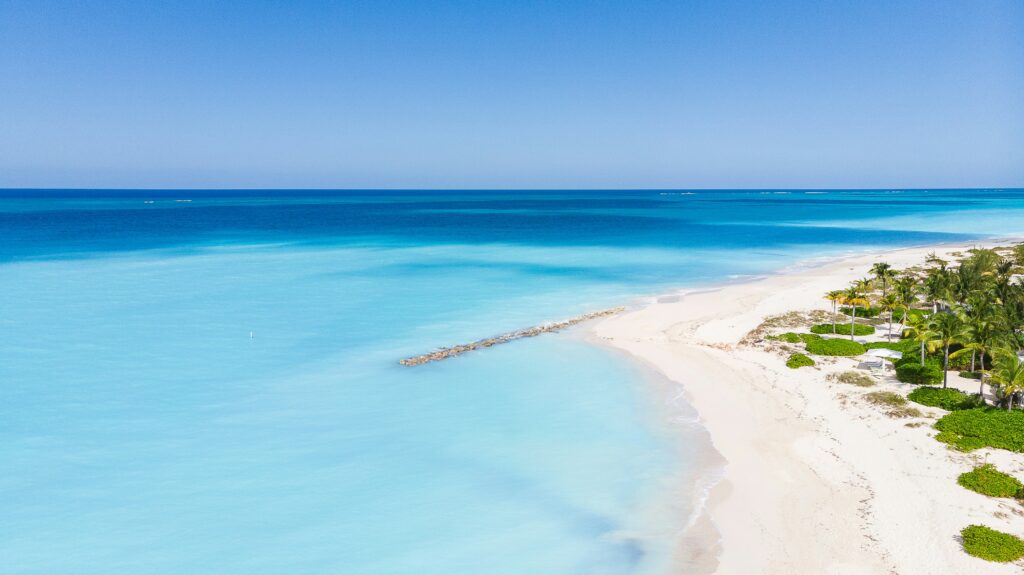
Can I Fly a Drone on Grace Bay Beach? Key Rules for Travelers
Ah, Grace Bay Beach… the stunning turquoise waters, soft white sands, and a backdrop of swaying palm trees. It’s no wonder this slice of paradise in the Turks and Caicos attracts travelers from all over the globe. But if you’re a drone enthusiast wondering whether you can take to the skies above this picturesque spot, hold on—we’ve got some important information for you. Let’s dig into the rules and regulations around flying drones at Grace Bay Beach.
Understanding Local Regulations
Know the Law
First off, yes, you can fly drones in the Turks and Caicos Islands, but there are a few hoops to jump through. Local authorities require that you have the proper registration for your drone, especially if it weighs over 1 kilogram (about 2.2 pounds). The registration process can be done through the Turks and Caicos Islands Civil Aviation Authority. Don’t fret; it’s usually straightforward. Just make sure you have your paperwork in order before you head out.
Permits Are a Must
Besides registration, you’ll need to snag a special permit to fly your drone at some key locations, including beaches like Grace Bay. The application process involves a bit of paperwork, but it’s vital to ensure that you’re complying with local laws. To send your application, you can typically email or visit the Civil Aviation office. Be sure to apply well in advance of your trip—waiting until the last minute isn’t going to work out too well.
Be Mindful of Privacy
Respecting Personal Space
Here’s the deal: people come to Grace Bay for peace, relaxation, and breathtaking moments—not necessarily for a drone hovering over their beach day. It’s crucial to be considerate of others and avoid flying too close to people. Rethink that photo op if it means intruding on someone’s beach experience.
Local Wildlife
You’ll want to keep an eye and ear out for local wildlife, too. Grace Bay Beach isn’t just picturesque; it’s home to birds and other fauna. Flying your drone near nesting areas could do more harm than good. Like with most things in nature, the golden rule here is to leave minimal impact.
Safety First! Flying Tips
Stay Within Visual Line of Sight
One of the basic principles of drone flying is to keep your drone within your line of sight—this isn’t just a suggestion; it’s the law. So, avoid flying far off just for that perfect aerial shot. Make sure you can always see your drone.
Check the Weather
Weather can be unpredictable, especially in tropical regions. Before taking off, check that the skies are clear and winds are manageable. Strong winds can make controlling your drone tricky, and you definitely don’t want it crashing into the beach—or worse, hitting someone!
Best Times to Fly
Avoid Peak Hours
If you’re itching to capture some stunning sunset footage, consider flying either early in the morning or just before sunset. These times not only offer amazing lighting for your photos and videos, but the beach is also less crowded then. Plus, early morning serenity is unbeatable!
Respect Operating Hours
It’s also worth mentioning that there are some restrictions related to the hours you can operate your drone. Ensure that your flying doesn’t disrupt the tranquility that others seek. Flying at odd hours might draw unwanted attention, so stick to reasonable hours.
Conclusion: A Drone-Friendly Getaway
So, can you fly a drone on Grace Bay Beach? Yes, but with a caveat. Keep the local regulations in mind, be respectful of others and the environment, and plan your flying carefully. And hey, if you’re ever unsure, you can always chat with locals or other travelers—they’ll often have the scoop on the best places to fly without the fuss. Happy flying, and enjoy every moment in that Caribbean paradise!
Related: For more tips on drone flying regulations across various vacation spots, check out DroneFlyer.com.
**Related Reading:** – [Related: How to Plan a Solo Trip on a Budget] – [Related: Top Destinations for First-Time Solo Travelers] **#SoloTravel #Fly #Drone #Grace #Bay #Beach #Key #Rules #Travelers**
